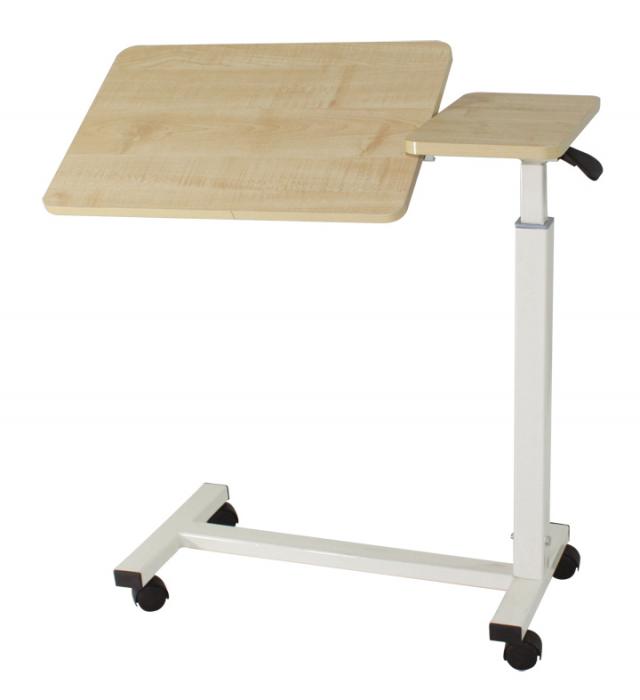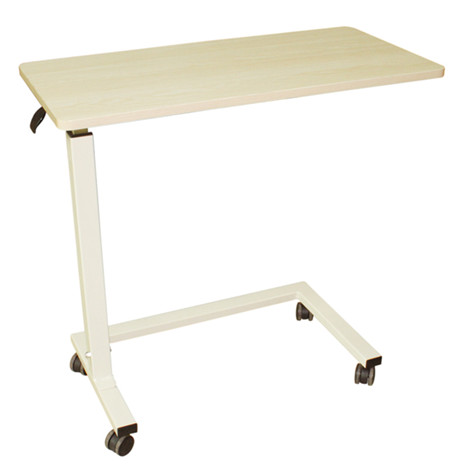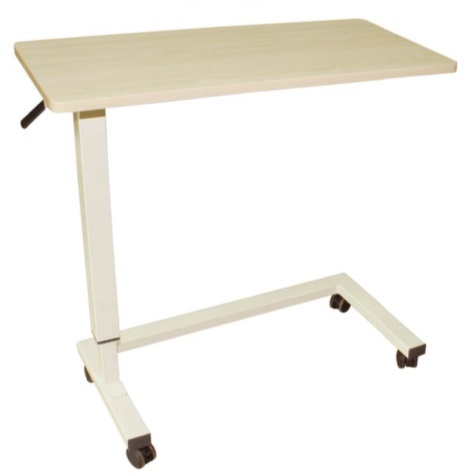| Name: | Emergency Stretcher |
|---|---|
| Model No.: | BES-PM067 |
| Product Name: | Emergency stretcher |
| Brand: | BESCO |
| MOQ: | 50 units |
| Keywords: | Emergency stretcher,Pole Stretcher,Spine board,Cervical collars,Camp cot |
| Sample: | Available |
| Lead time: | 25 days |
| Payment Term: | T/T in advance |
| Country of Original: | China |
| Weight Capacity: | 100 kgs |
| Stock: | Available |
| Frame Material: | Aluminum |
| Port: | Shanghai |
Products Description
| Feature | single fold,two wheels | ||
| Material | durable aluminum | ||
| Cloth | 600D textile with PVC backing | ||
| Dimension | 185×50×24cm | ||
| Folded | 92×50×9cm | ||
| Capacity | 159kg | ||
| N.W. | 5kg | ||
| Packing | 95×51×16cm, 2pcs/CTN | ||
| G.W. | 12kg |

An emergency stretcher is a portable medical device used to safely and efficiently transport injured or sick individuals who are unable to walk. It provides a stable platform for support, minimizes patient movement, and often includes safety features like straps, adjustable height, and wheels, making it essential for emergency medical services and rescue operations.
Key features and uses
Patient transport: Used to move patients from an accident or emergency scene to a safe location, or between medical facilities.
Immobilization: Features like straps and the design of certain stretchers (e.g., scoop stretchers) are crucial for immobilizing patients with suspected spinal injuries to prevent further harm.
Stability and support: Designed to provide a stable and secure platform that minimizes patient discomfort and movement during transport.
Mobility: Modern stretchers, often called gurneys, are typically equipped with wheels for easy movement, and many have adjustable heights to fit different situations and vehicles.
Safety features: Include safety straps, side rails, and brakes to secure the patient and prevent the stretcher from moving unexpectedly.
Versatility: Different types of stretchers are designed for specific situations, such as folding stretchers for confined spaces or scoop stretchers that can be split into two parts to slide under a patient.
Who uses them
Emergency Medical Services (EMS): Paramedics and EMTs use them daily for patient transport and care.
Hospitals: For moving patients within the hospital, such as from the emergency department to other wards.
Rescue workers: For extricating people from challenging environments, such as collapsed buildings or rough terrain.
To use an emergency stretcher, first secure the patient with straps, then use proper lifting techniques (lift with your legs, not your back) to move them onto or into the stretcher. Make sure the stretcher is on a level surface and the wheels are locked before and during transport to prevent movement. Finally, transport the patient to a safe location, maintaining a consistent pace and monitoring their condition.
Before moving the patient
Assess the situation: Check for spinal injuries and decide on the appropriate stretcher type. For potential spine injuries, a "scoop stretcher" may be used as it can split in half to be placed under a patient with minimal movement.
Use a scoop stretcher (if applicable): With a scoop stretcher, trained responders slightly tilt the patient and slide the two halves underneath, then lock them together.
Prepare the stretcher: Adjust the height and ensure the legs are stable. Engage the brakes on a stretcher with wheels to prevent it from rolling away.
Assemble a team: Ensure you have enough people to lift the patient and stretcher safely, with at least one person coordinating the lift.
Moving the patient
Lift with your legs: Bend your knees and keep your back straight while lifting to prevent back injury.
Lift the patient: Coordinate with your team to lift the patient onto the stretcher, keeping their body level.
Use straps: Secure the patient firmly to the stretcher with all available safety straps to keep them from shifting during transport.
Transporting the patient
Maintain stability: Keep the stretcher on a level surface whenever possible.
Lift and lower carefully: When going up or down stairs, the head of the stretcher should be raised first, and when lowering, the head should be lowered first. Maintain a consistent pace.
Load into a vehicle: Ensure the stretcher is correctly aligned and secure it into place using any safety locks or mechanisms available.
Monitor the patient: Continuously monitor the patient's condition during transport for any changes or distress.





